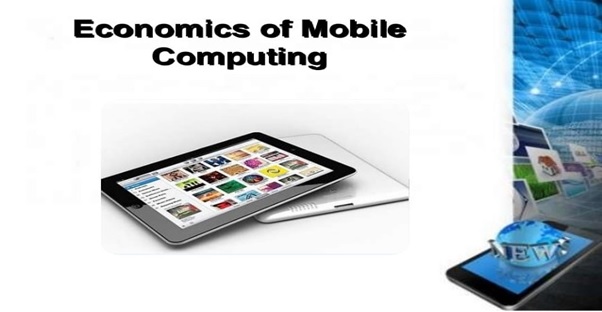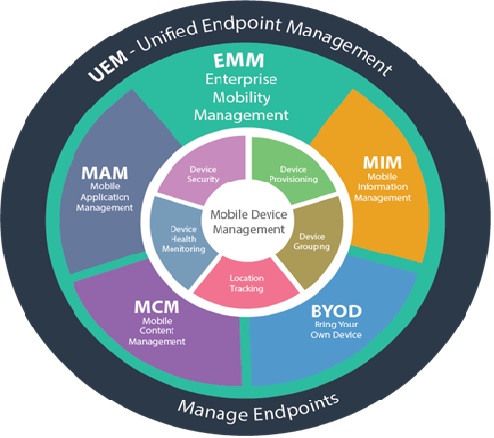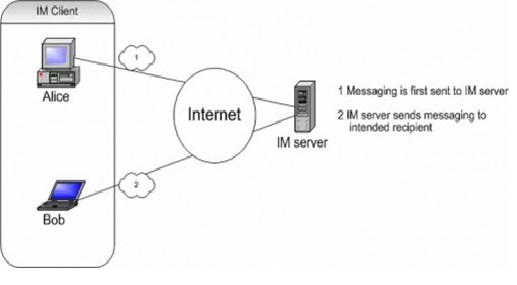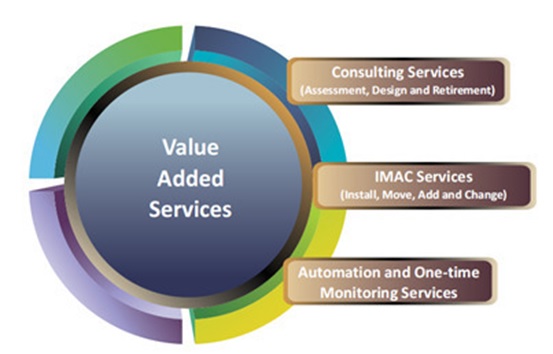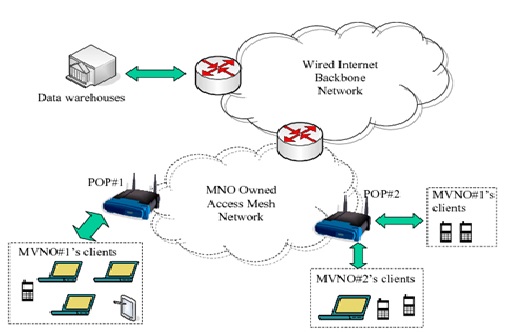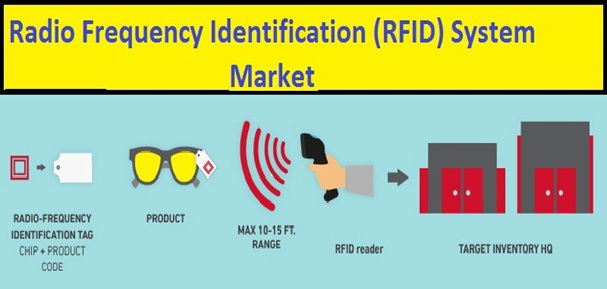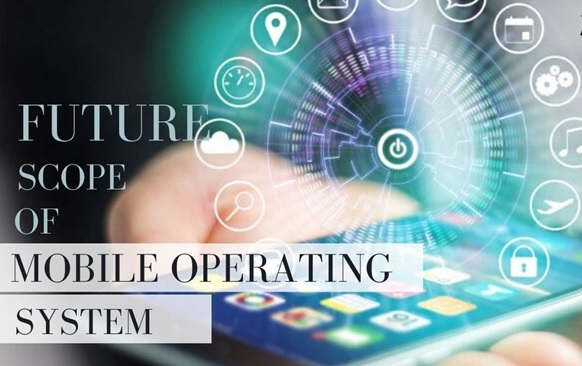Mobile Platform of Ultra-Wide Band Technology
Ultra-wideband (also known as UWB, ultra-wide band and ultraband) is a short-range wireless communication protocol. It uses radio [1] waves to enable devices to talk to each other. Sounds familiar Yes, it is similar to Bluetooth figure 1 shows below but more precise, reliable and effective.
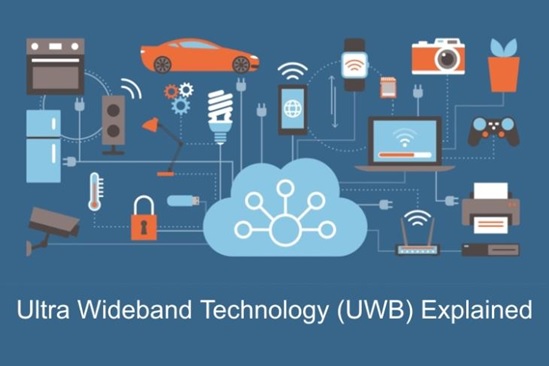
Figure 1: Ultra-Wide Band
Like Bluetooth and Wi-Fi, ultra-wideband is a wireless communication protocol that uses radio waves. A UWB transmitter sends billions of radio pulses across the wide spectrum frequency and a UWB receiver then translates the pulses into data. The same way bats use echolocation to sense their environment, UWB pulses can be used to sense distances between two transmitters. The shorter the duration of the impulse, the more precise the distance measurement will be. UWB achieves real-time accuracy because as it sends up to 1 billion pulses per second
As early as 2002 U.S. Federal Communications Commission (FCC) authorized the unlicensed use of UWB. UWB saw limited use in military radars and was even briefly used as a remote heart monitoring system. Back then the cost of implementation and lower than initially expected performance limited the use of UWB in consumer products.
Ultra-wideband (UWB) is a radio-based communication technology for short-range use and fast and stable transmission [2] of data. Thanks to its unrivaled precision, transmission speed, and reliability, UWB is often the technology of choice for indoor localization of moving assets in complex and space-sensitive environments.
UWB is considered the gold standard of indoor localization technologies thanks to its numerous advantages over comparable technologies such as RFID, BLE or WiFi. It is an ideal solution for location-based automation.
Advantages Of Ultra-Wide Band
- The very wide bandwidth of UWB signals enables superior indoor performance over traditional narrow-band systems.[3]
- The wide bandwidth provides immunity against the channel effect in a dense environment and enables very fine time-space resolutions for highly accurate indoor positioning of the UWB nodes, e.g., the new iPhone 11.
- The low spectral density, below environmental noise, ensures a low probability of signal detection and increases the security of communication.
- High data rates can be transmitted over a short distance using UWB.
- UWB systems can co-exist with already-deployed narrowband systems.
- Ultra-short pulses in the picosecond range, which covers all frequencies simultaneously (also called impulse radios)
- Subdividing the total UWB bandwidth into a set of broadband Orthogonal Frequency Division Multiplexing (OFDM) channels
The first approach is cost-effective at the expense of degraded signal to noise ratio. In general, impulse radio transmission does not require the use of a carrier, which means reduced complexity compared to traditional narrowband transceivers (i.e., simpler transceiver architecture) as the signal is directly radiated via the UWB antenna. Gaussian monocycle or one of its derivatives is an example of a UWB pulse that's easy to generate.
References:
- https://bleesk.com/uwb.html
- https://kinexon.com/uwb-technology/
- https://www.allaboutcircuits.com/technical-articles/introduction-to-ultra-wideband-uwb-technology/
Cite this article:
Nandhinidwaraka. S (2021) Mobile Platform of Ultra-Wide Band Technology, AnaTechmaz, pp. 23



